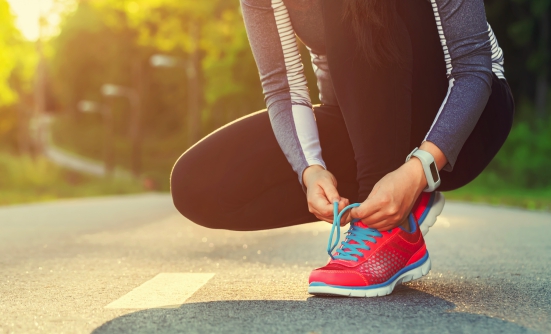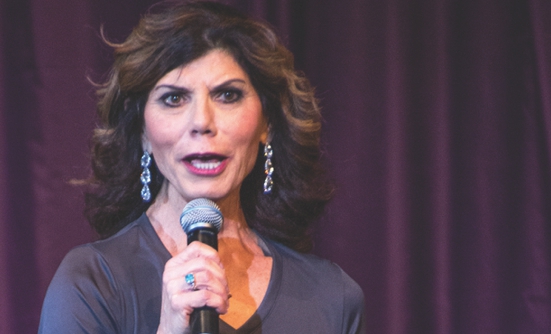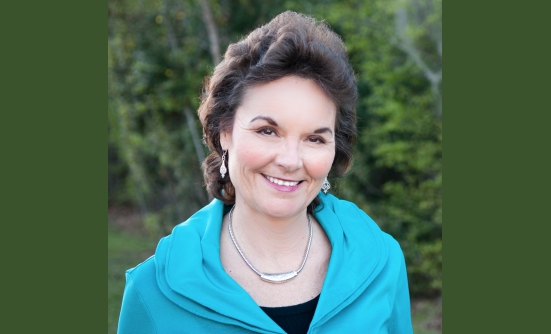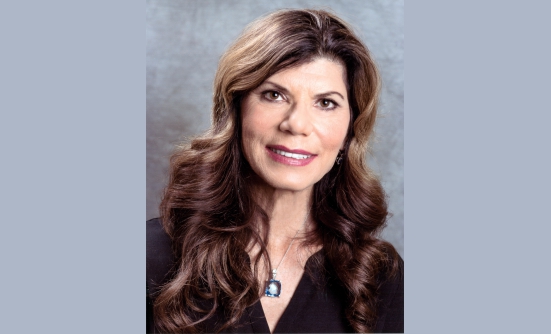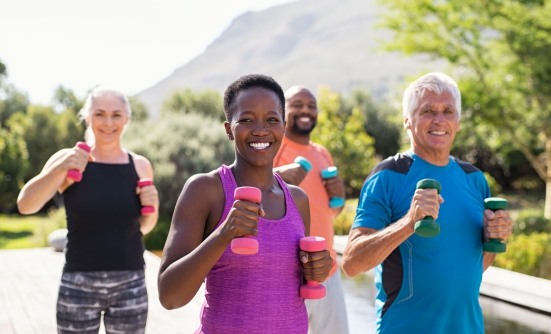If you google “exercise benefits cancer survivorship” for scholarly articles published since 2022, you will get more than 15,000 hits. Hundreds of researchers, nurse and patient navigators, and advocates are at work on the thorny problem of helping survivors gain the benefits of exercise. The problem is complicated because no single exercise program fits all survivors. If the answer is different for each survivor, where do we start?
The Data
For any scientist, the starting place is data. Evidence that exercise can alleviate fatigue, reduce anxiety and depression, and improve physical function is extensive and incontrovertible,1 and most survivors are aware of it. In a 2019 survey, 95% of cancer patients said they felt that regular activity and exercise were very important during and after their cancer treatment, and the majority recognized the benefits: overall well-being, maintaining function, and reducing stress.2 In the 2022 National Coalition for Cancer Survivorship’s survey of 2000 survivors, the top 2 physical concerns of survivors were “maintaining a healthy weight (61%)” and “getting enough exercise (55%).”3 The same survey found that 86% of survivors experienced negative side effects during treatment, 74% experienced side effects 3 to 5 years after diagnosis, and 69% experienced side effects 6 to 10 years past diagnosis.3 The top 2 symptoms these survivors experienced were “feeling overly tired” and “depression, anxiety, mental health,”3 the same side effects that data show can be alleviated by exercise.
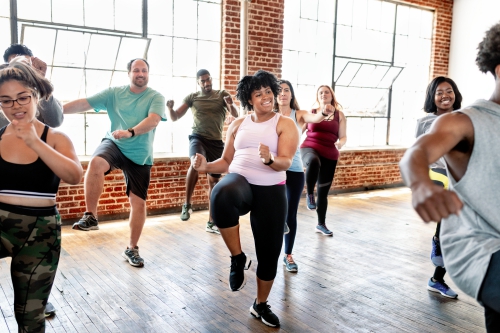
Barriers to Exercise
Given the scientific evidence supporting exercise, and survivors’ understanding of the importance of exercising, part of the puzzle is why only 9% to 20% of survivors exercise at the levels recommended to gain benefits during treatment and posttreatment.4 Data from a national 2019 survey of 2500 survivors conducted by oncology researchers indicate that 25% of survivors exercise rarely, and another 25% exercise only 1 to 2 times per week.5 For nearly half of all survivors, either the science of exercise oncology has not been sufficiently persuasive, or the barriers to exercise facing survivors have loomed too high. One cause of this gap between knowing and doing might be the volume of exercise recommended for survivors during and after treatment by the American College of Sports Medicine (ACSM).6 For a person experiencing fatigue associated with treatment, the recommendation of 3 weekly sessions of 30 minutes of moderate-intensity aerobic exercise plus twice-weekly muscle-strengthening sessions can sound daunting. Posttreatment, the recommendation of 150 minutes per week of moderate-intensity aerobic exercise, or 75 minutes per week of vigorous-intensity aerobic exercise, plus twice-weekly muscle-strengthening sessions can sound impossible. Inactive survivors describe feeling stuck and frustrated because they know exercise is important.
One barrier is perceived safety. Survivors know that some exercises are safe for them and some are not. Who can they trust to know the difference? For survivor Susan Leigh, who has been diagnosed with multiple cancers and is now addressing late effects from the accumulation of treatment, safety is a primary concern. “I know that physicians want to include exercise as part of their treatment plans, but which of them knows what exercises are appropriate for individuals with different cancers, different fitness levels, different responses to treatments, and different comorbidities?” A second barrier is the sheer volume of exercise recommended. As Veronika Panagiotou, a 10-year survivor of non-Hodgkin lymphoma, put it, “Survivors like me need a different approach to process the same conversations that we have been having. I can’t see myself meeting those exercise guidelines” (Litterman Howe N, personal correspondence).

5 Tips to Increase Your Activity Level
- Avoid inactivity! Doing something is significantly better than doing nothing.
- Keep a journal of activities that you enjoy and use them as a place to start.
- Create opportunities for brief activities throughout your day.
- Use your journal to track your progress, notice your responses, and identify trends.
- Look for activities that seem fun and engaging and test them out.
Start a Journal
Reframing the exercise conversation can start with the first and most consequential recommendation from the ACSM report: “Avoid Inactivity.”6 Survivors may be more likely to increase activity when they are presented with the well-established evidence that the benefits of doing something are significantly better than doing nothing.2
One effective approach for survivors who want to integrate more movement into their everyday lives is to start with a daily journal. First, give yourself credit for all the activities you already do that involve movement. Write in your journal how much time you spend grocery shopping, doing laundry, or in activity at work. Second, use your journal to keep track of activities that you enjoy.7 These moments of pleasure can be simple and do not have to involve activity: keeping up with Facebook, binging on a streaming miniseries, or listening to music in the car. At the end of the day, review your journal and notice where and how you are spending your time. Then, look at the list of the activities that are fun for you and imagine how you can transform something you already do and enjoy into an opportunity to avoid inactivity. Start building minutes of extra movement around activities you like doing.
For example, if you find yourself immersed in online activities, set your alarm to ring every 30 minutes and spend 15 seconds marching in place. Many people are astonished at how long 15 seconds can feel when they are focused on movement. At the next alarm, extend your legs and lift your arms above your head. Or stand up and sit down, up and down, for 15 seconds. Use your cell phone to make a 15-second recording of your favorite dance music. The chorus to the Village People’s YMCA is 17 seconds that defy sitting.
As you weave activity breaks throughout your day, immediately log them in your journal so you can track how much activity you are adding to your day. Make a note of how you felt during and immediately after activity. Which movements felt good? Did you like dancing in the kitchen? At the end of each day, assess how you feel and what you think may have contributed to your positive, or negative, frame of mind.

Keeping a journal is an evidence-based approach to successfully creating new habits or routines. A first step in many weight-loss methods is keeping a food journal to help you notice what you eat, when, and why.8 Keeping a daily journal is also at the heart of the Moving Through Cancer program and website created by clinical exercise oncology researcher Kathryn Schmitz, PhD (www.MovingThroughCancer.com).2 The website can help you transition your daily journal of enjoyable movement into a more comprehensive approach that supports your new activities with suggestions for proper nutrition and improving sleep. On the website, you will find blank log pages you can download and instructions for how to use them to your best advantage.
In addition, the website provides expert recommendations for safely progressing to increasingly challenging routines based on your individual circumstances. The website contains illustrated movements that are organized by treatment trajectories and your place on the cancer care continuum. The approach is that every survivor is unique; there is no single exercise routine that fits everyone.
Online Support
You can also find free online resources on the Exercise is Medicine (EIM) website.9 The EIM page includes a curated registry of in-person programs if you would like the social support of joining a group. The registry also includes online programs with videos, instructional handouts, and streaming classes. Look for programs that you think would be easy and fun.
Other resources on the EIM web page include a 2023 pamphlet that addresses concerns you may wish you had asked your oncology team about, including, “I am worried about exercise being painful or dangerous,” or “How do I know if it is safe for me to exercise?” The pamphlet explains what to do when activities, including simple walking, make you feel worse. You may also find answers that surprise you in helpful ways; for example, if you have been afraid to exercise because you have back pain, you can learn what experts recommend.
Finally, be sure to contact your healthcare provider if you have questions or concerns about safety or how to address specific circumstances like neuropathies, chronic disease, or lingering effects of treatment.
References
- Schmitz KH, Campbell AM, Stuiveret MM, et al. Exercise is medicine in oncology: engaging clinicians to help patients move through cancer. CA Cancer J Clin. 2019; 69:468-484.
- Schmitz K. Moving Through Cancer. Chronical Books; 2021.
- National Coalition for Cancer Survivorship. State of Survivorship. Survey: 2022. https://canceradvocacy.org/2022-state-of-cancer-survivorship-survey/.
- Coletta AM, Marquez G, Thomas P, et al. Clinical factors associated with adherence to aerobic and resistance physical activity guidelines among cancer prevention patients and survivors. PLoS One. 2019;14:e0220814.
- Ligibel JA, Pierce LJ, Bender CM, et al. Attention to diet, exercise, and weight in oncology care: results of an American Society of Clinical Oncology national patient survey. Cancer. 2022;128:2817-2825.
- Campbell KL, Winters-Stone KM, Wiskemann J, et al. Exercise guidelines for cancer survivors: consensus statement from international multidisciplinary roundtable. Med Sci Sports Exerc. 2019;5:2375-2390.
- Burnett B, Evans D. Designing Your Life. How to Build A Well-Lived, Joyful Life. Knopf Publishing Group; 2016.
- Demark-Wahnefried W. Survivorship Champions. National Coalition for Cancer Survivorship. https://canceradvocacy.org/get-involved/survivorship-champions/.
- American College of Sports Medicine. Exercise is Medicine. www.exerciseismedicine.org/eim-in-action/moving-through-cancer.
About the Author
Nancy Litterman Howe, PhD(c), is a Doctoral Candidate at Arizona State University. Her research focuses on delivering cancer rehabilitation and exercise services to people affected by cancer. She is also a cancer survivor.
Free Resources To Help You Avoid Inactivity
Exercise is Medicine, Moving Through Cancer digital pamphlet.
www.exerciseismedicine.org/wp-content/uploads/2022/12/Moving-through-Cancer-booklet-DIGITAL_2023.pdf
Moving Through Cancer Webpage Companion to “Moving Through Cancer” by Dr. Kathryn Schmitz.
www.movingthroughcancer.com/videos-handouts
Exercise is Medicine, Moving Through Cancer (access to exercise program registry of 2,500 resources)
https://exerciseismedicine.org/eim-in-action/moving-through-cancer/
PennState College of Medicine: The ONE Group: Oncology – Nutrition – Exercise videos
https://research.med.psu.edu/oncology-nutrition-exercise/videos/
2Unstoppable, exercise videos / multiple programs (free videos, low-cost multi-week programs)
https://2unstoppable.org/
My Victory, a subscription service with more than 2,000 high-quality exercise videos (free trial available)
www.myvictory.com/
Macmillan’s “Move More” Campaign. (Macmillan.org.uk)
www.macmillan.org.uk/documents/cancerinfo/physicalactivity/movemore.pdf
Dana-Farber Cancer Institute, Zakim Center (Online Class Schedule for video conference, live classes).
Treloar Physio Therapy: Workout To Conquer Cancer (Access through YouTube videos)
Cancer Exercise App (developed by exercise oncologist Dr. Anna Schwarz) In the App Store





